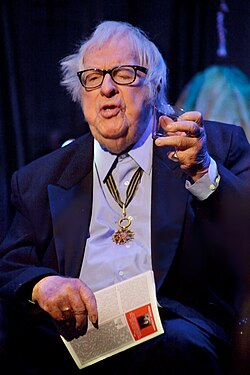 | |
| Author | Ray Bradbury |
|---|---|
Publication date | 1990 |
| ISBN | 9781877741029 |

Zen in the Art of Writing: Essays on Creativity is a collection of essays by Ray Bradbury and published in 1990. [1] The unifying theme is Bradbury's love for writing.
Essays included are:
- The Joy of Writing (1973) [1]
- Run Fast, Stand Still, [1] Or, The Thing At the Top of the Stairs, Or, New Ghosts From Old Minds (1986)
- How To Keep and Feed a Muse (1961) [1]
- Drunk, and in Charge of a Bicycle (1980) [1]
- Investing Dimes: Fahrenheit 451 (1982)
- Just This Side of Byzantium: Dandelion Wine (1974)
- The Long Road to Mars (1990)
- On The Shoulders of Giants (1980)
- The Secret Mind (1965)
- Shooting Haiku in a Barrell (1982)
- Zen in the Art of Writing (1973) [1]
- ...On Creativity (No Date Given)
This book attempts to give creative ideas and inspiration to writers.